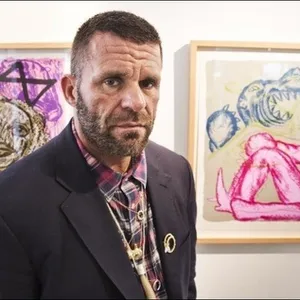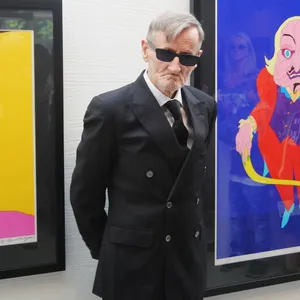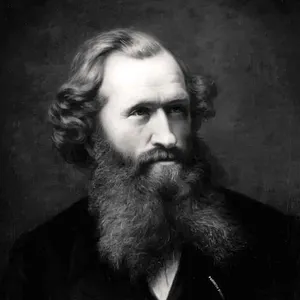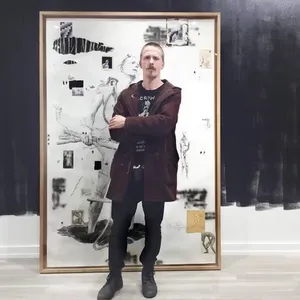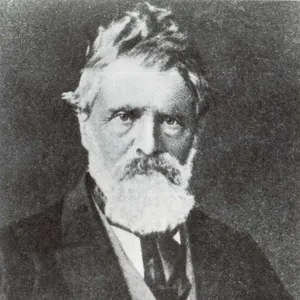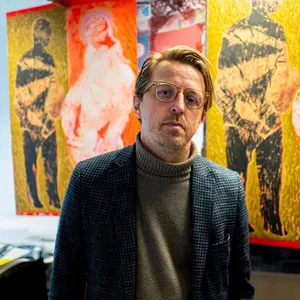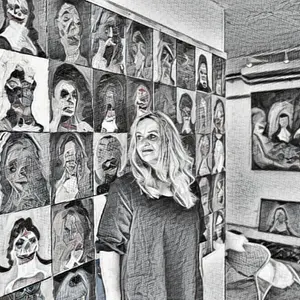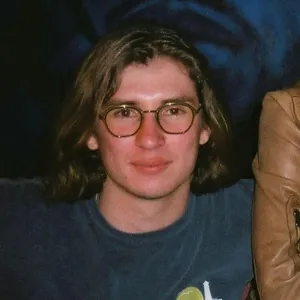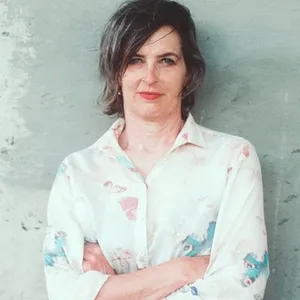

Emanuel Vigeland
1875 - 1948
Emanuel Vigeland (1875-1948) was a prominent Norwegian painter and decorative artist, best known for his monumental works and extensive church decorations. He was the younger brother of the sculptor Gustav Vigeland. Emanuel studied at the Kunstindustriskolen from 1894, under Peter S. Krøyer in Copenhagen in 1898, and with Fernand Cormon in Paris.
From 1901-1902, he traveled in Italy and Spain, and his early paintings reflected the vitalistic, symbolic-philosophical style of the time. After studies in Italy and Palestine in 1905, he devoted himself to church art, working with frescoes, stained glass, mosaics, and sculptural decorations. His interest in figure painting and his dedication were often highlighted by artists and critics.
In 1902, he held his first solo exhibition in Oslo, and later participated in the prestigious Salon in Paris. His works were also displayed in the National Gallery in Oslo.
Why is Emanuel Vigeland interesting?
Emanuel Vigeland's studio building in Slemdal in Oslo was opened as the Emanuel Vigeland Museum in 1959. Today, Emanuel Vigeland is most famous for "Tomba Emanuele." The barrel-vaulted, dim main room, where light and acoustics contribute to a very distinctive expression. His urn is stored in this mausoleum, with 800 m² walls and ceiling completely covered by fresco decorations depicting many hundreds of naked figures. Many have also seen Emanuel Vigeland's works without knowing that he created them, such as the stained glass in Oslo Cathedral.








